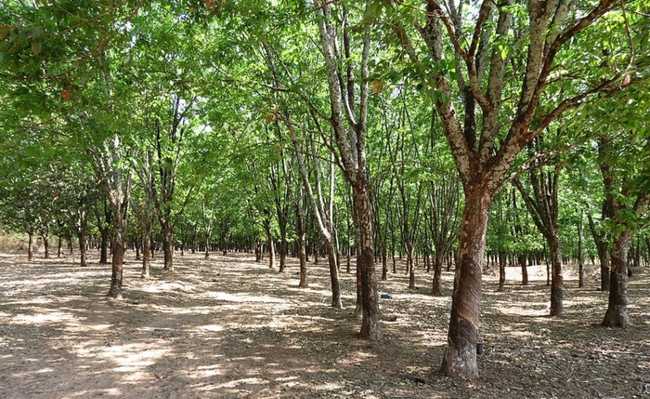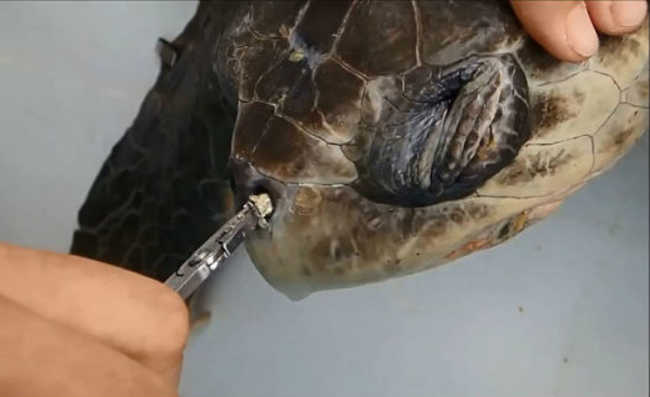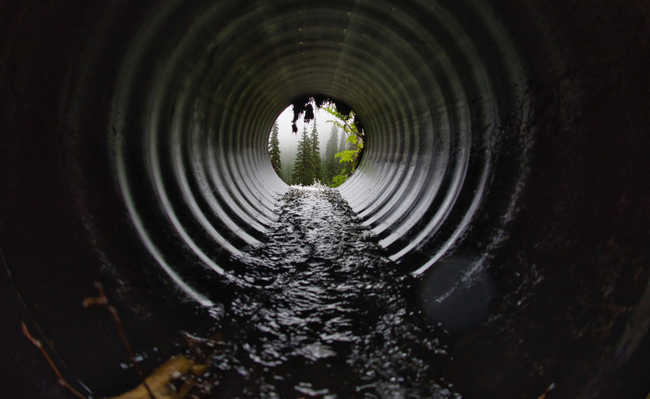Tips for having an environmentally friendly footprint with your clothes
Check out some simple tips for sustainable clothing

The environment suffers a lot of impact from the textile industry, which is one of the four that consume the most natural resources, according to data from the US Environmental Protection Agency (EPA) - this in the areas of production and distribution. The use of clothing itself also ends up causing great damage because of spending on water and chemical products for washing. Sustainable clothing fashion has been growing and gaining more space, however, conventional clothing still predominates in our closets. Therefore, we have separated some simple tips on how to have a sustainable clothing and to reduce the environmental costs of wearing clothing.
Buy only when needed
Do not buy clothes in excess or on impulse. In addition to spending money, you lose a lot of closet space and indirectly cause a big environmental impact because of manufacturing and transporting the goods. Buy only the necessary parts.
Avoid dry cleaning
The most commonly used solvent in dry cleaning is perchlorethylene (also known as tetrachloroethene), which is associated with environmental threats and is classified as a "potential carcinogen" by the US Environmental Protection Agency (EPA). Currently, there are some alternatives to dry cleaning that are more friendly to the environment, such as washing using CO 2 as a solvent or with sand-based silicone - however, there are almost no laundry facilities with these options operating in Brazil.
Another nice tip is to avoid buying garments with fabrics that need to be washed this way.
wash right
Gather plenty of laundry before using the washing machine; this will save energy, water and soap. Try also to use soap, fabric softener and other products for cleaning clothes that are biodegradable and free of substances harmful to the environment, such as phosphate (do it yourself: liquid laundry soap). About your water and electricity consumption, another nice tip is to keep an eye out when purchasing a washing machine, and check if it has the Procel Energy Efficiency seal.
Also avoid using hot water for washing, this causes a difference of up to 80% in energy consumption (see our article on how to wash your clothes in a sustainable way).
Use a clothesline to dry your clothes
The use of a dryer implies an unnecessary expenditure of electrical energy. If you have a space to install a clothesline, allowing your clothes to dry naturally, install it and use it. Also, this action will make your clothes last longer. This is because they will not be impacted by the mechanical action inside the dryer.
Here are some tips on how to dry your clothes even in bad weather.
Prefer clothes that don't go out of style
One of the biggest reasons to buy more new clothes is to stay in fashion. Unfortunately, fashion is passing, which means that some pieces are never used again after a while. So always look for traditional clothes that never go out of style, such as jeans (but you don't need to have many, as they use a lot of water to be produced), jackets, black and white shirts, among others.
do not buy by brand
A brand is a style, and generally that style ends up making the garment cost more. In some cases, companies invest more in marketing than in production. As a result, in addition to having a lower quality, the production usually offers poor conditions for workers, in addition to little or no concern for the environment.
frequent thrift stores
Buying clothes at thrift stores can be a very inexpensive and fun way to improve your wardrobe. They allow you to buy without the fault of causing harm to the environment, without pressure from sellers, and they have a very low price. Markets and exchanges between friends are also great options.
Have a good destination for your used clothes
Donate your old clothes - what is useless to you can help someone else. Reinventing your clothes is also a great way to create a new use for your old pieces.
Invest in organic pieces
Always prefer clothes made with organic fabrics and that have authentication seals. Despite having a slightly higher cost than the normal ones, they cause a significantly smaller impact on the environment in their manufacture - that is, they have fewer negative externalities.










